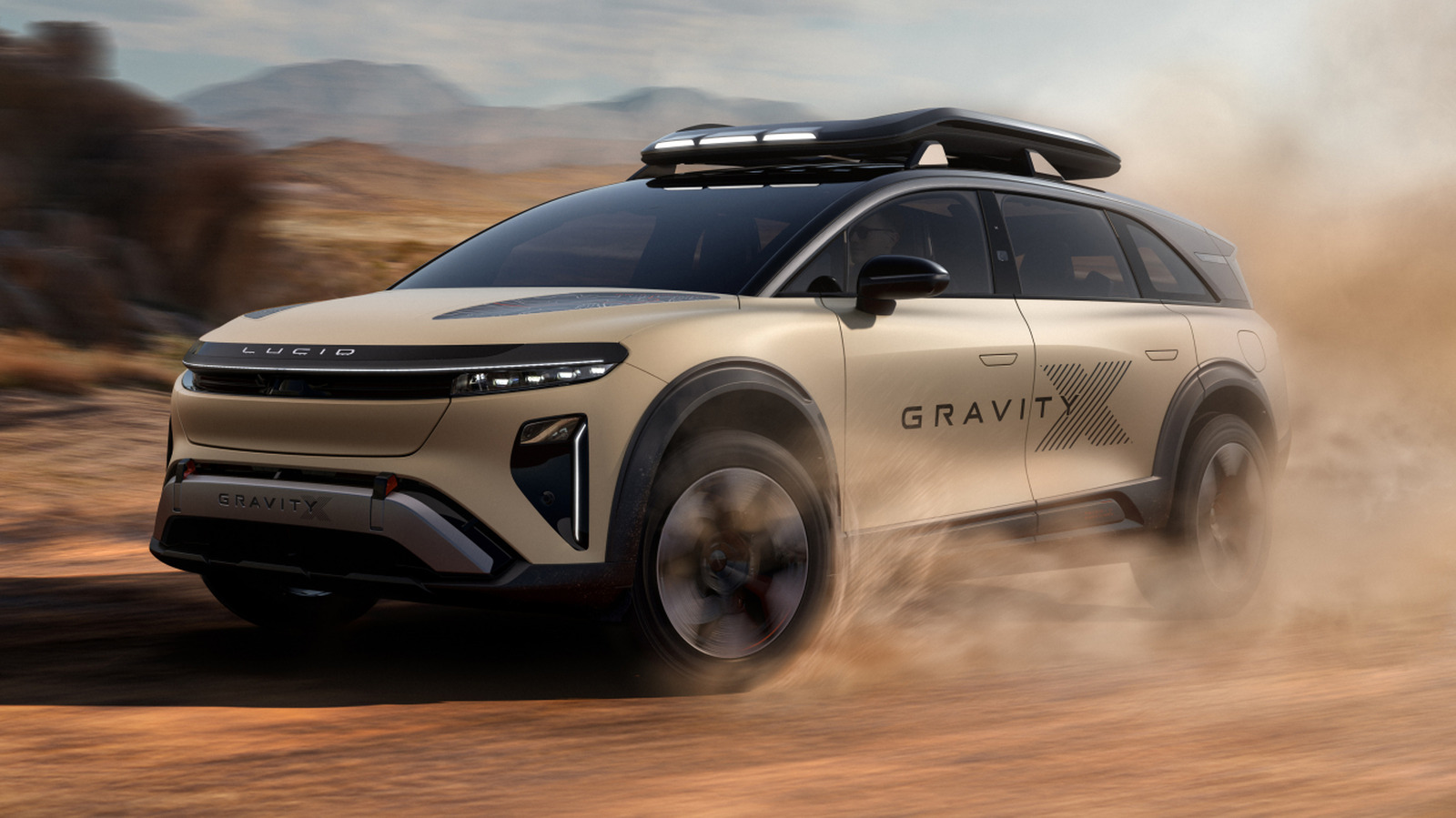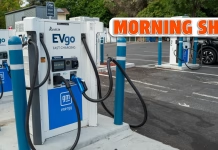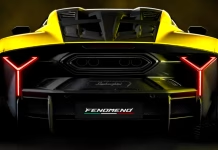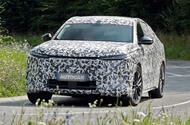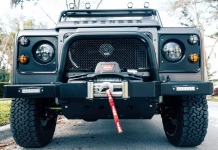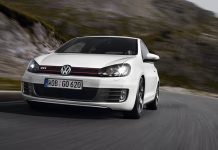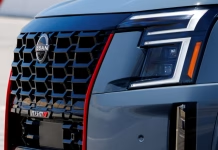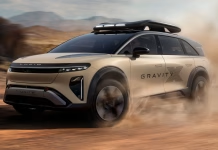Palo Alto Police Unveil Spacious Rivian R1S Electric Cruiser in Push for Greener Patrols
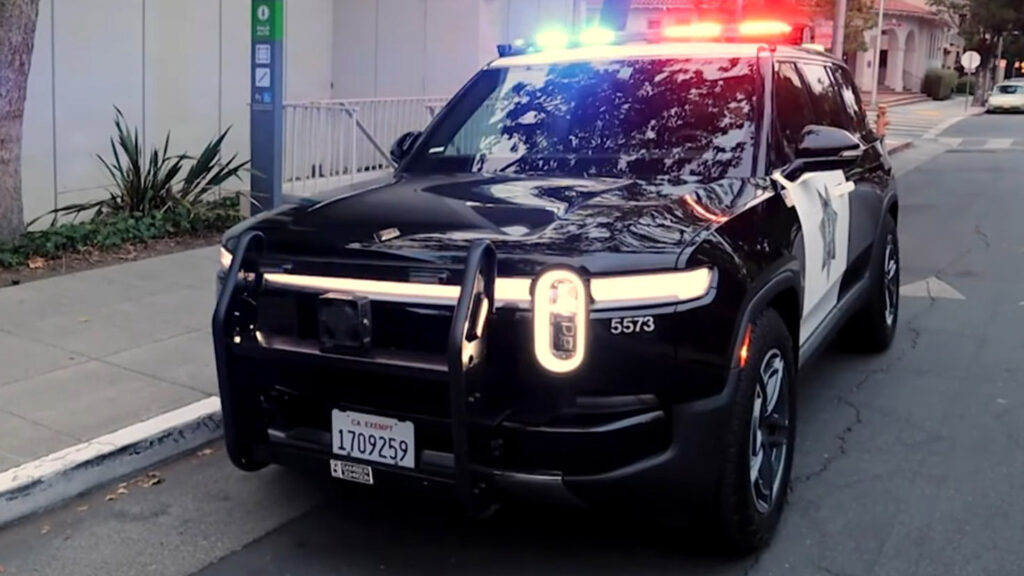
How Expanding EV Charging and Tesla Rideshares Are Shaping Urban Mobility
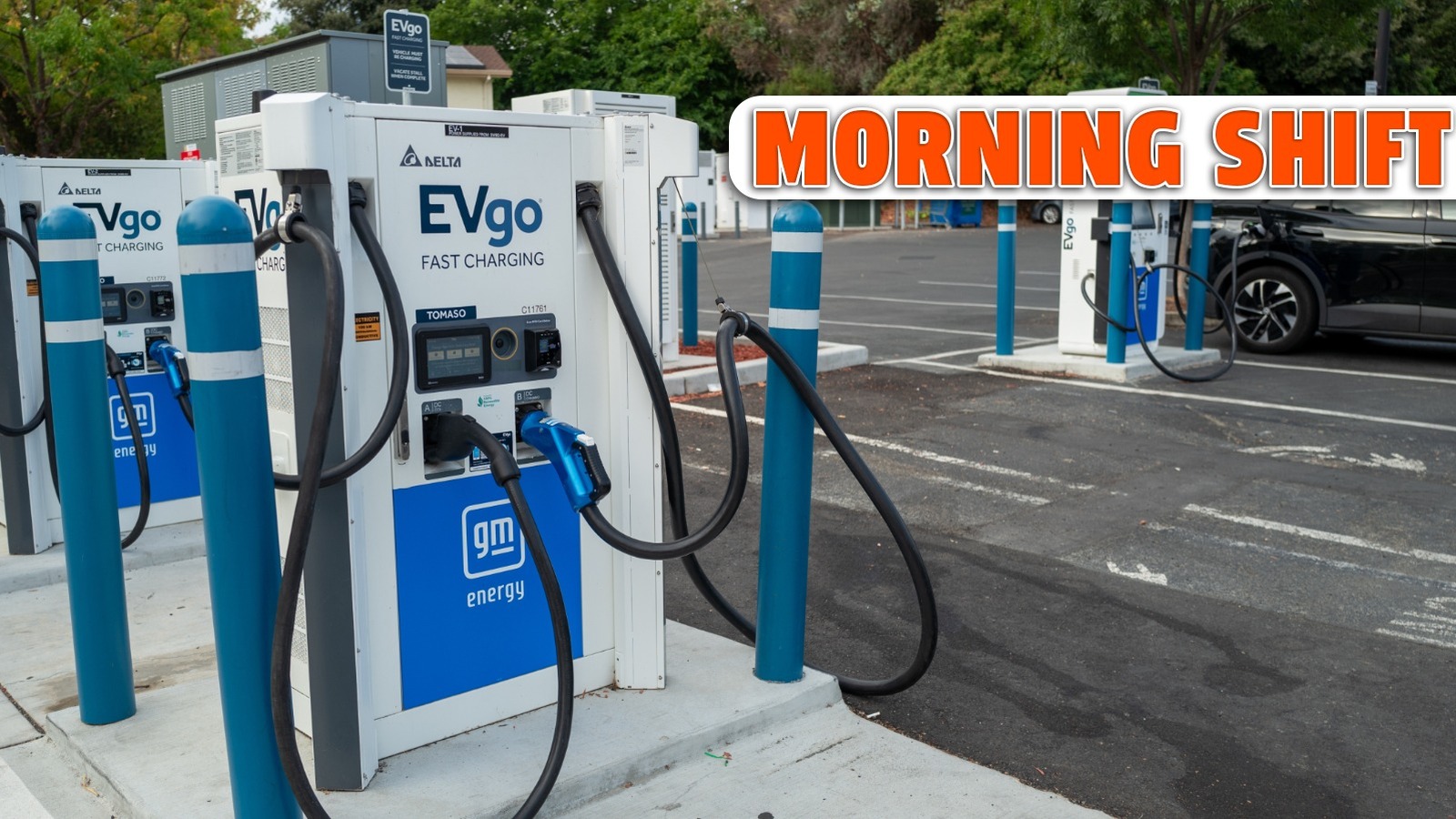
Lamborghini Fenomeno Unleashed: Ultra-Rare V12 Supercar Redefines Extreme Performance
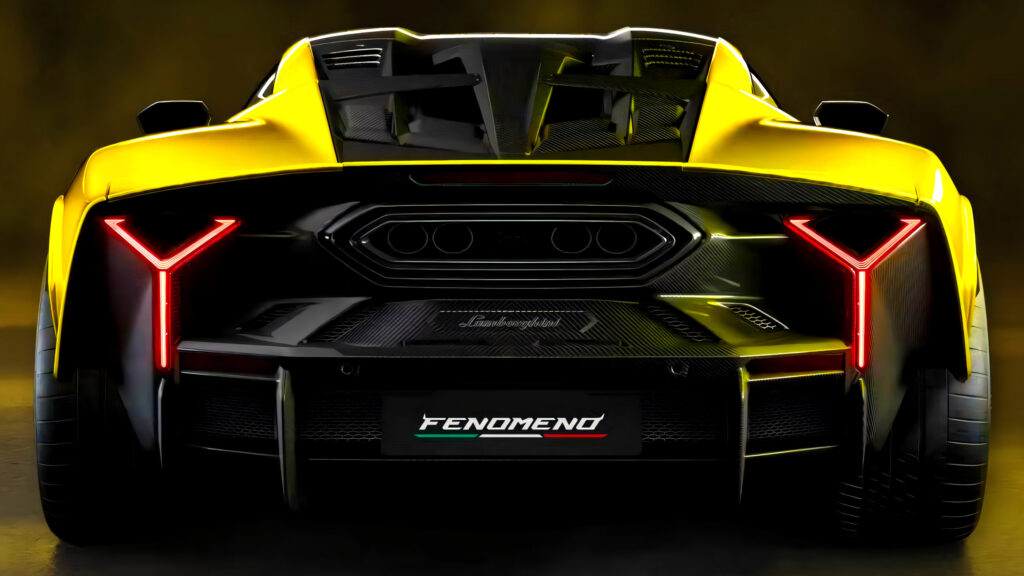
DS 7 Reinvented as All Electric SUV Aims to Revive French Brand’s Fortunes
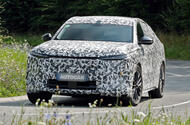 Second-generation SUV will arrive next year, and could offer electric power exclusively
Second-generation SUV will arrive next year, and could offer electric power exclusively
The second-generation DS 7 will arrive next year, with the new SUV set to be sold exclusively with an electric powertrain as it moves onto a new platform, putting it in the sights of the incoming BMW iX3 and Mercedes-Benz GLC.
Arriving eight years after the current model first went on sale in the UK, it will be the latest addition to a new-look DS line-up headed by the new Nº8 flagship. The DS range is being heavily refreshed as part of a plan to rejuvenate the French brand following a difficult period post-Covid. This downturn culminated in European sales dipping 22% last year.
The first pictures of the new DS 7 testing on public roads come as the current car along with the 9 (which has been indirectly replaced in the line-up by the Nº8) have been pulled from the UK range. The pair amassed just over 500 combined sales in the UK this year before being withdrawn – and more than 90% of those were 7s.
In a bid to give the 7 prominence in the new electric SUV segment in which it will now compete, it has been heavily redesigned and, as suggested by road-going test mules, made larger than the car it replaces.
The design of the 7 will be influenced by last year’s segment-straddling Nº8, which ushered in a new design language for DS.
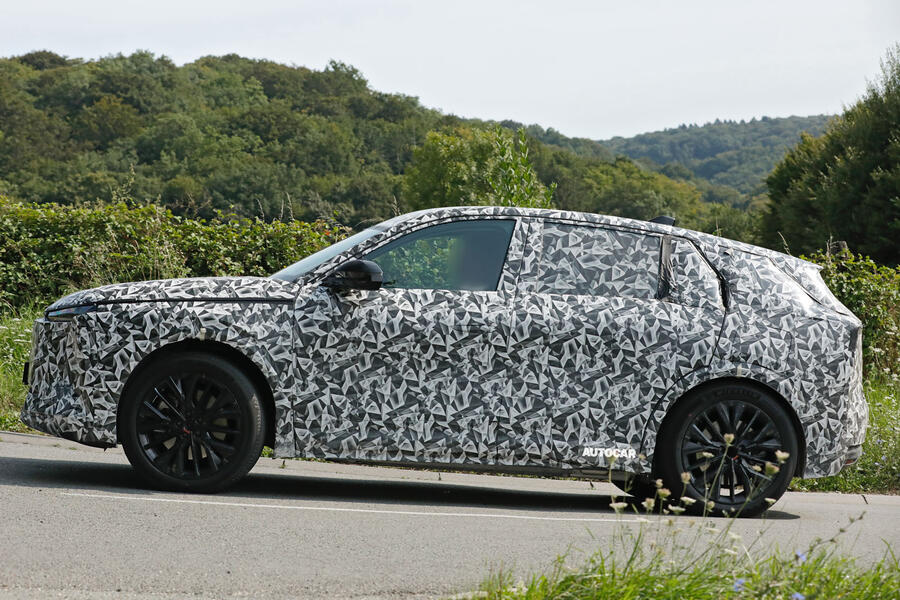
Despite being covered by heavy camouflage, the disguised 7 mule appears to carry some elements from the Nº8, including a flat front fascia, raised nose and wraparound light bar.
The biggest changes, however, will be underneath, with the second-generation SUV moving to the STLA Medium platform.
This will enable the car to be offered with two battery choices and three powertrains: the 73.7kWh pack in the 256bhp front-wheel-drive model has a 355-mile range; a 97.2kWh unit in the 276bhp front-drive version extends the range to 466 miles; and the top-rung twin-motor option has 345bhp and the bigger battery for a range of 407 miles.
Combustion power is not part of the 7’s launch plan, but given the new platform can accommodate an engine, it is potentially not off the table. DS future products boss Cyprien Laurentie previously told Autocar it was “a possibility” that the Nº8, which uses the same STLA Medium platform as the 7, could be offered with an ICE powertrain in the future. The Nº8 is the only car based on the architecture to be offered exclusively with electric power.
The second-generation 7 SUV is expected to be revealed next year, suggested new DS boss Xavier Peugeot. Without confi rming the 7 by name, he told Autocar last month: “There will be a third [after Nº8 and Nº4] major reveal next year.”
Speaking about what a new addition to the line-up would mean for the struggling firm, he added: “After three to four years without any major product launches, it is important for us to initialise this new step in a positive way.”
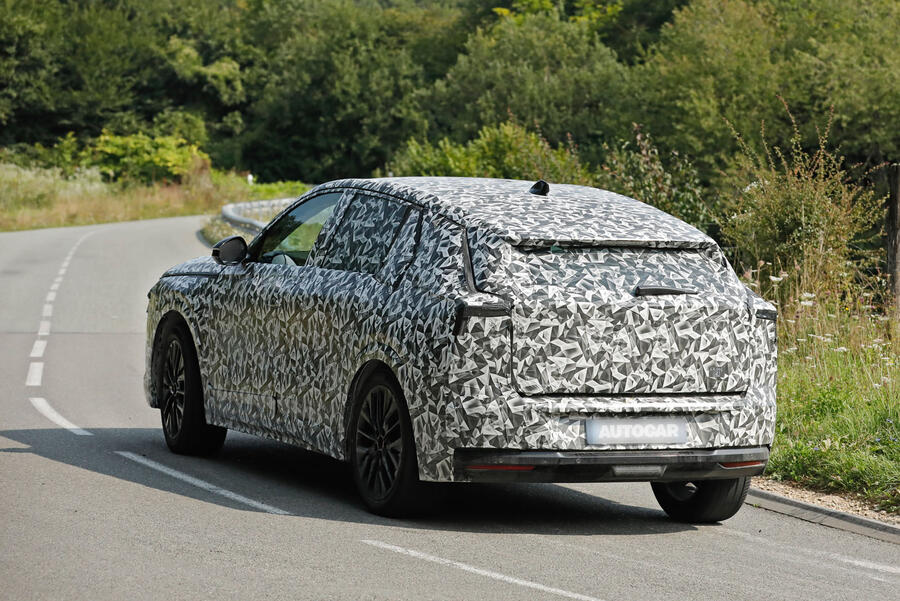
The addition of the 7 could also help to bolster DS’s falling sales. Such has been its troubles that parent Stellantis questioned selling the car maker last year.
However, Peugeot told Autocar that volumes weren’t what DS was focused on: “I have to say, I don’t think we, a premium brand, should be managed with volumes only. Of course, it’s important but not [the] only [metric].”
He added: “The premium market is a quarter of the sales volumes, but it makes up 40% of the profits. So you understand it’s also relevant for a group like ours to have a premium brand like DS automobile.
Electric Car Repairs Are Getting Cheaper as Experience Grows, But Costs Still Outpace Gas...
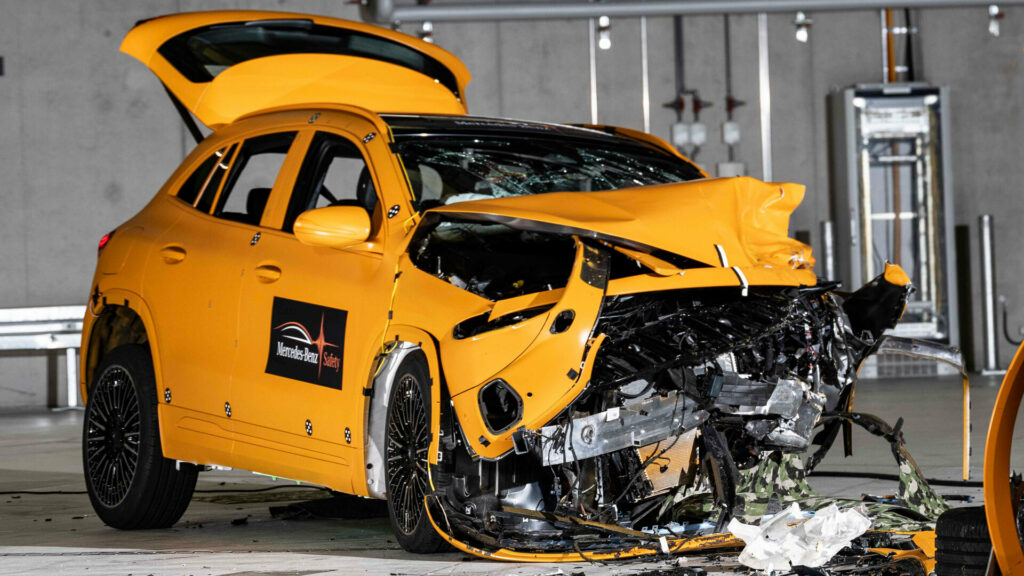
Unattended Car Crashes Into Restaurant Twice After Towing Mishap

Classic Defender Reborn as Silent Electric Off-Road Powerhouse
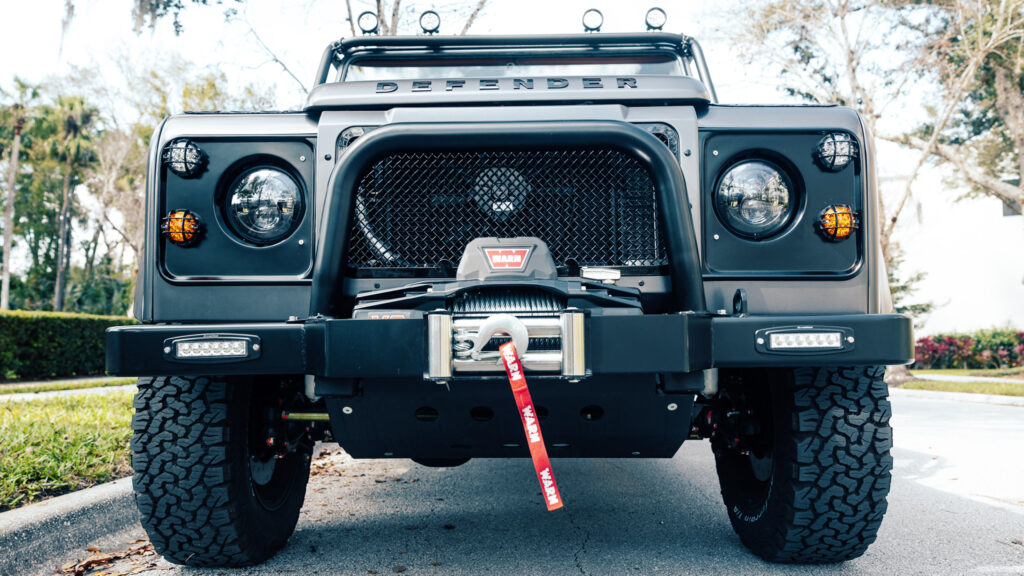
Best German Coupes Under 50k for Sporty Driving Enthusiasts
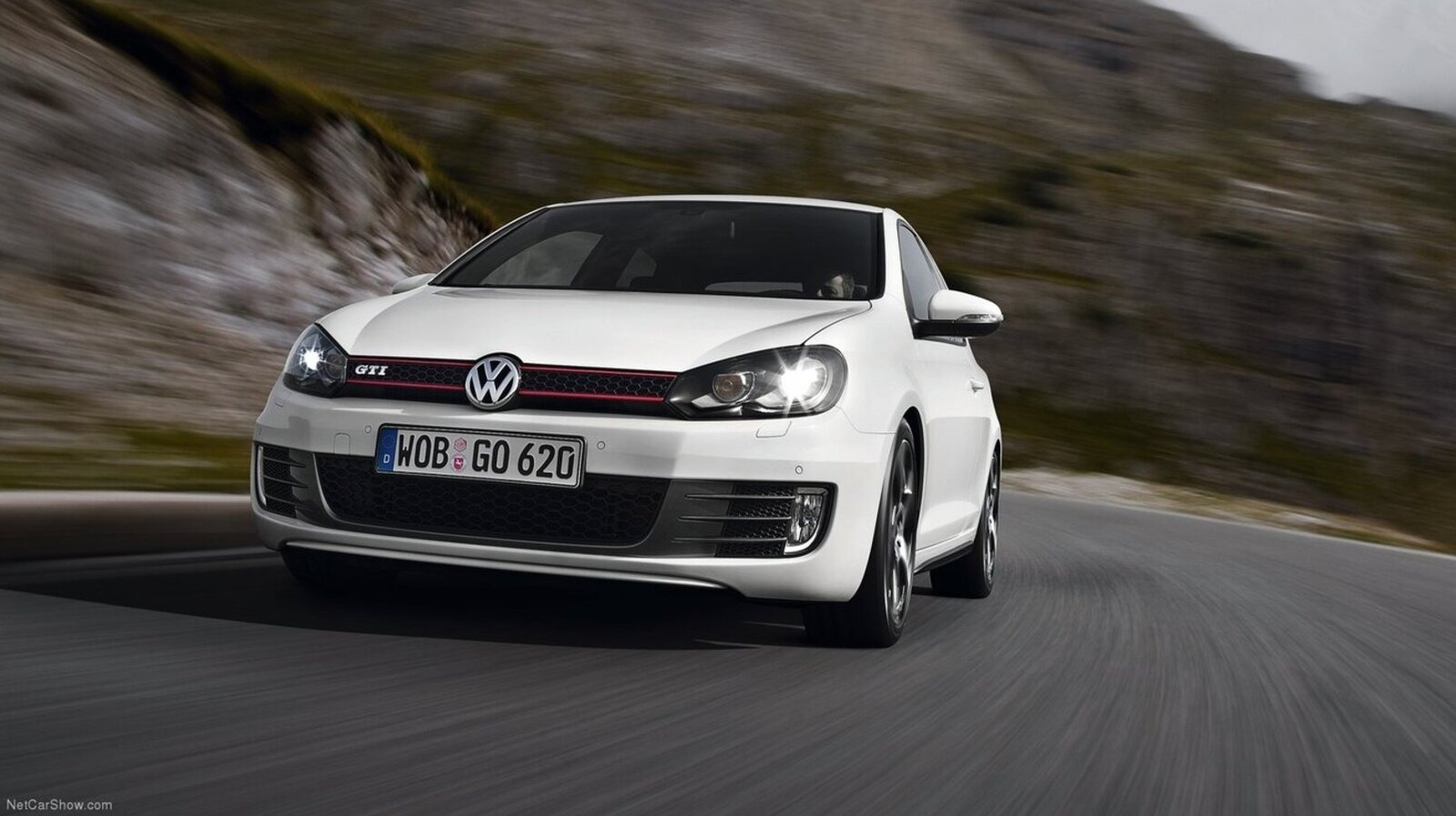
2026 Nissan Armada Unleashed: New Nismo Power, Bold Design, and Updated Pricing
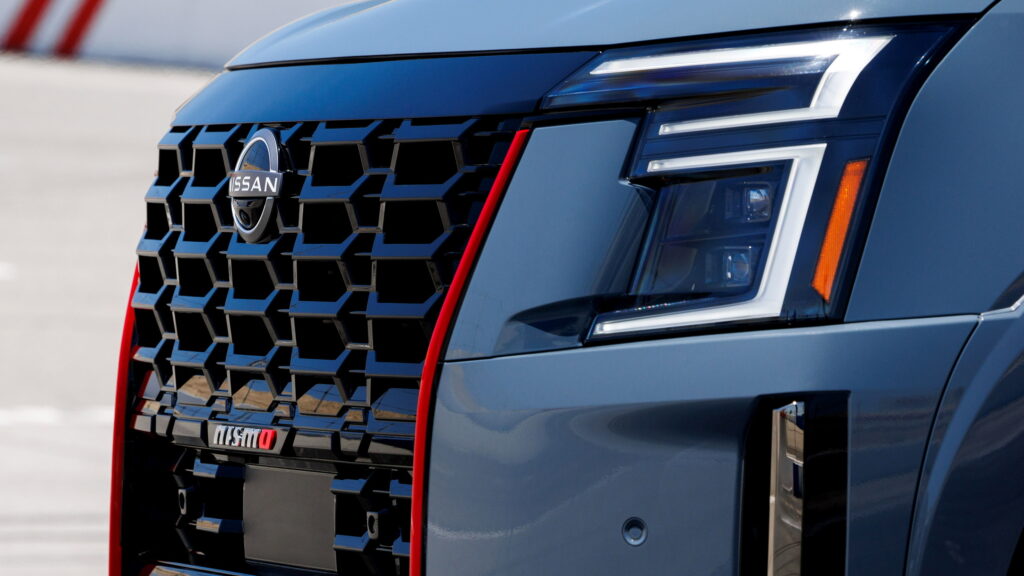
Gravity X Redefines Off-Road Adventure with Bold Upgrades
